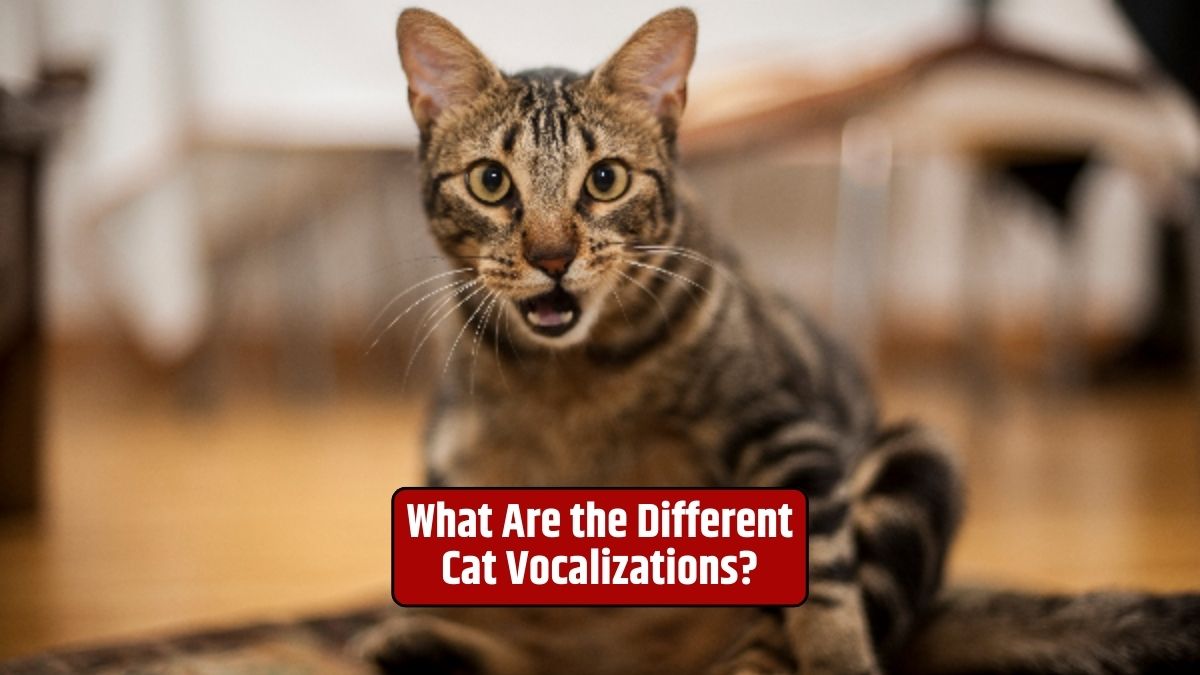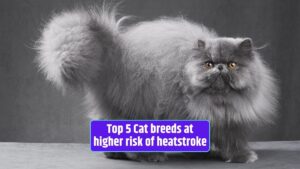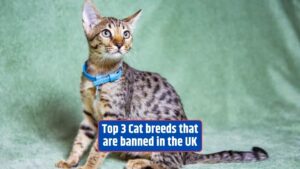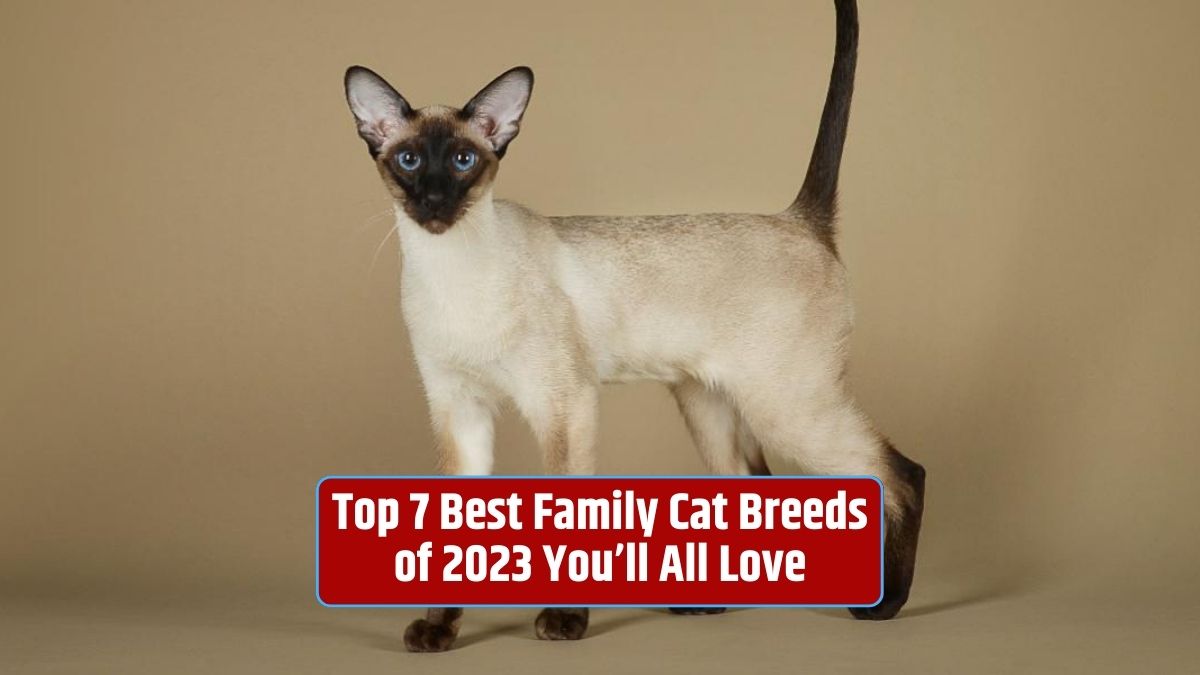Cats are known for their enigmatic and often unpredictable behavior. One aspect of their communication that both fascinates and confounds cat owners is their vocalizations.
From purrs to meows and everything in between, each sound a cat makes conveys a message. In this article, we’ll decode the language of feline vocalizations and shed light on what your cat might be trying to tell you.
Cat Vocalizations
Cat vocalizations can vary in pitch, tone, and intensity, and they serve different purposes. Understanding these vocal cues can help you better comprehend your cat’s emotions and needs.
1. Meowing
Meowing is perhaps the most common cat vocalization, and it’s how cats primarily communicate with humans. It’s important to note that cats don’t meow at each other like they do with humans. They’ve developed meowing as a way to interact with us. Here are some common meow interpretations:
- Greeting: A soft and welcoming meow when you come home is often your cat’s way of saying hello.
- Demand: Cats might meow persistently when they want something, like food, attention, or to go outside.
- Pain or discomfort: An unusually loud or persistent meow could signal that your cat is in pain or discomfort.
- Annoyance: Sometimes, cats meow out of irritation or frustration, especially when other cats are around.
2. Purring
Purring is a complex vocalization. While it’s commonly associated with contentment, cats can also purr when they are anxious or in pain. The context in which your cat purrs can provide clues about their emotional state.
- Contentment: Most often, a cat will purr when they are relaxed, content, or while being petted.
- Healing: Cats can purr when they are injured, and some experts believe that purring may have a healing effect.
3. Hissing
These vocalizations are signs of distress, fear, or aggression. Cats hiss and growl to signal their discomfort and as a warning to potential threats. It’s best to avoid approaching a cat that is hissing or growling, as they are likely to lash out if they feel cornered.
4. Chirping
Some cats make a unique chattering sound when they see birds or other prey animals through a window. This behavior is thought to be an expression of excitement and frustration at not being able to hunt.
5. Yowling
Yowling is often a more intense and prolonged version of meowing. It’s commonly associated with mating behavior and can be quite loud and persistent. Spaying or neutering your cat can help reduce yowling.
Common Myths
Several myths surround cat vocalizations that need debunking:
- Cats purr only when they’re happy: While purring is often a sign of contentment, cats can also purr when they’re in pain or anxious.
- Cats meow at each other: Cats primarily meow at humans to get their attention. They use body language and scent to communicate with other cats.
- Hissing means a cat is mean: Hissing is a cat’s way of saying, “Back off!” It doesn’t necessarily mean a cat is mean but could be feeling threatened or stressed.
Conclusion
Cats have a diverse repertoire of vocalizations that they use to communicate with us and express their needs and emotions. By paying attention to the context and intensity of these sounds, cat owners can better understand their feline companions and provide the care and attention they require.
FAQs
Why do cats make different meow sounds?
Cats use different meow sounds to convey various messages, such as greeting, demands, or discomfort.
Do cats meow at each other?
Cats primarily meow at humans to get their attention. They use body language and scent to communicate with other cats.
Why do cats hiss or growl?
Hissing and growling are signs of distress, fear, or aggression. Cats use these vocalizations as a warning to potential threats.
Can cats mimic bird sounds?
Some cats make chirping or chattering sounds when they see birds or prey animals. This is an expression of excitement and frustration.
Why do cats yowl?
Yowling is often associated with mating behavior and can be reduced through spaying or neutering.









